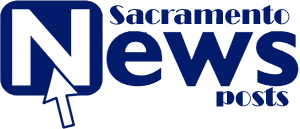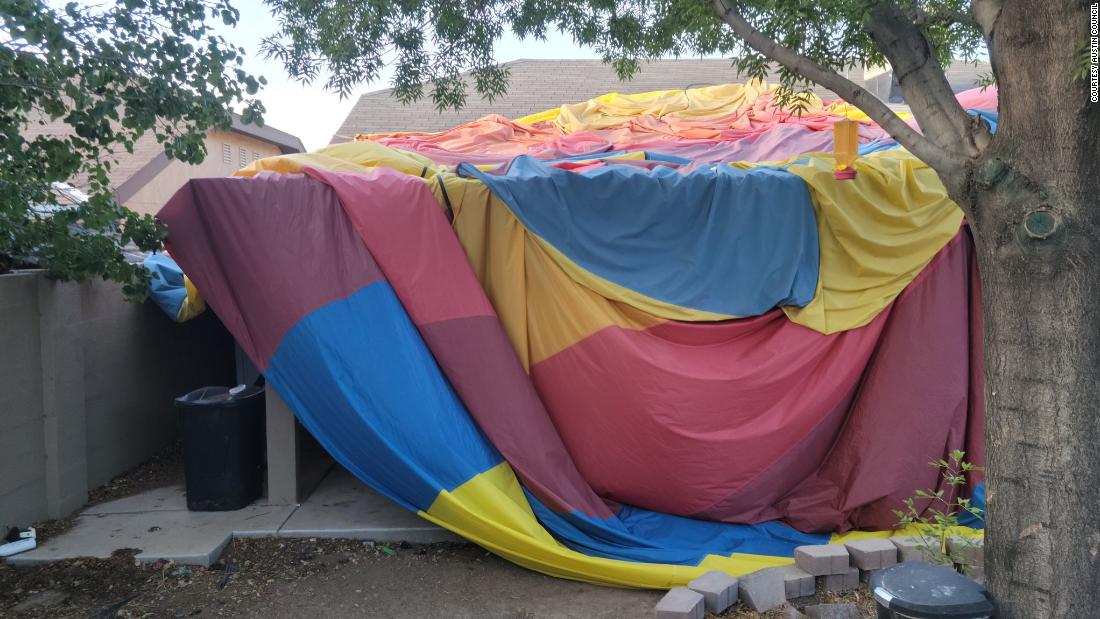An effective SEO content calendar is crucial for educational institutions aiming to increase visibility, attract prospective students, and engage with their target audience. Unlike a general content strategy, an SEO content calendar is specifically designed to align with search engine optimization efforts, ensuring that every piece of content serves a purpose and contributes to the institution's online presence.
This comprehensive guide will walk you through the steps of creating an SEO content calendar tailored for educational institutions. We'll cover everything from understanding your audience and setting goals to selecting the right keywords and planning content types. By the end of this blog, you'll have a roadmap for creating an impactful SEO content calendar that drives results for your institution.
Understand Your Audience and Set Goals
The first step in creating an SEO content calendar for educational institutions is to understand who you are trying to reach. This involves defining your target audience, which could include prospective students, current students, alumni, parents, and educators. Each of these groups has different needs and searches for different types of content.
Key Steps:
- Create Buyer Personas: Develop detailed profiles for each target audience segment. Include information such as demographics, interests, preferred platforms, and pain points.
- Set Clear Goals: Determine what you want to achieve with your SEO content. Goals could include increasing website traffic, generating leads, boosting engagement, or improving brand awareness.
By understanding your audience and setting specific goals, you can tailor your content calendar to create content that resonates and achieves the desired outcomes.
2. Conduct Keyword Research
Once you have a clear understanding of your audience and goals, the next step is to conduct thorough keyword research. Keywords are the backbone of SEO, and selecting the right ones can make or break your content strategy.
Key Steps:
- Use SEO Tools: Leverage tools like Google Keyword Planner, SEMrush, Ahrefs, and Moz to identify relevant keywords. Focus on keywords with high search volume and low competition.
- Include Long-Tail Keywords: Long-tail keywords are more specific and often have lower competition, making them easier to rank for. For example, instead of targeting "best colleges," you could use "best colleges for computer science in Ohio."
- Analyze Competitors: Look at the keywords that competitor institutions are targeting. This can provide insights into potential gaps in your content strategy and opportunities to differentiate yourself.
Once you've compiled a list of targeted keywords, categorize them based on themes such as admissions, campus life, academic programs, financial aid, etc. This categorization will help in planning your content calendar.
3. Map Out Content Types and Formats
Educational institutions can benefit from a variety of content types, each serving a different purpose in attracting and engaging the audience. Your SEO content calendar should include a mix of content formats to cater to different audience preferences.
Key Content Types to Include:
- Blog Posts: Informative and evergreen content that answers common questions and provides value. Examples include "How to Apply for Scholarships" or "Top 10 Study Tips for College Students."
- Videos: Engaging and shareable content, such as campus tours, student testimonials, and faculty interviews. Videos are particularly effective for SEO when optimized with transcripts, captions, and relevant keywords.
- Infographics: Visually appealing content that can simplify complex information, such as the application process or program comparisons.
- Webinars and Podcasts: Interactive content formats that provide in-depth insights on topics like career counseling, industry trends, or admissions FAQs.
Tip: Consider the search intent behind each keyword and align it with the appropriate content format. For instance, a keyword like "college application tips" could be best suited for a blog post or video.
4. Create a Content Calendar Template
Now that you have a clear understanding of your audience, keywords, and content types, it’s time to create a content calendar template. A well-structured template will help you organize your content efforts, stay consistent, and track progress.
Key Elements to Include in Your Content Calendar:
- Content Title: The working title or headline of the content piece.
- Target Keyword: The primary keyword(s) you want to target with the content.
- Content Type: Blog post, video, infographic, etc.
- Author: The person responsible for creating the content.
- Deadline: The date by which the content needs to be completed.
- Publish Date: The date when the content will go live.
- SEO Checklist: On-page SEO tasks such as keyword usage, meta descriptions, internal linking, and alt text for images.
Tool Recommendation: Use tools like Google Sheets, Trello, Asana, or Airtable to create and manage your content calendar. These tools offer collaboration features and are user-friendly.
5. Plan Content Around Key Academic Dates and Events
For educational institutions, aligning content with the academic calendar is crucial for relevance and engagement. Consider key events such as admissions deadlines, open houses, exam periods, and graduation ceremonies when planning your content.
Key Steps:
- Highlight Important Dates: Create content that addresses key milestones, such as "How to Prepare for College Orientation" or "Financial Aid Deadlines for Fall Admissions."
- Seasonal Content: Plan content that aligns with different times of the year. For example, create back-to-school guides or winter break study tips.
- Event Promotion: Use the content calendar to plan blog posts, social media posts, and videos promoting upcoming events like webinars, campus tours, or workshops.
By aligning your content with the academic calendar, you ensure that it remains timely, relevant, and valuable to your audience.
6. Optimize Content for SEO
Creating content without optimizing it for SEO is like throwing a dart without aiming. To maximize the impact of your SEO content calendar, ensure each piece of content is fully optimized.
SEO Optimization Checklist:
- Title Tags and Meta Descriptions: Include target keywords and craft compelling titles and descriptions to improve click-through rates.
- Internal and External Linking: Link to other relevant pages on your website and authoritative external sources to improve SEO and user experience.
- Alt Text for Images: Use descriptive, keyword-rich alt text for all images to improve accessibility and SEO.
- Mobile Optimization: Ensure that all content is mobile-friendly, as a significant portion of web traffic comes from mobile devices.
- Loading Speed: Optimize images, use caching, and leverage Content Delivery Networks (CDNs) to ensure fast loading times.
7. Monitor Performance and Adjust the Calendar
An SEO content calendar is not a set-it-and-forget-it tool. Regular monitoring and adjustments are necessary to ensure that your content strategy remains effective.
Key Steps:
- Track Metrics: Use tools like Google Analytics, Google Search Console, and SEMrush to track key performance indicators (KPIs) such as organic traffic, bounce rates, and conversion rates.
- Analyze and Learn: Review what content performs well and what doesn’t. Use this data to adjust your future content plans.
- Stay Updated: SEO trends and algorithms are constantly changing. Stay updated on the latest best practices and adjust your content calendar accordingly.
8. Leverage User-Generated Content and Engagement
User-generated content (UGC) is a powerful tool for educational institutions. Content created by students, alumni, or staff can provide authentic insights and enhance your SEO efforts.
Key Steps:
- Encourage Reviews and Testimonials: Create content that features student reviews or alumni success stories. These can also be repurposed into blog posts, videos, or infographics.
- Host Contests or Challenges: Encourage students and alumni to participate in content creation, such as submitting photos, videos, or articles that can be featured on the institution's website or social media channels.
- Engage in Social Listening: Monitor social media channels to understand what topics are trending and what your audience is talking about. Use these insights to create relevant and timely content.
9. Promote Content Across Multiple Channels
Creating great content is only half the battle; promoting it is equally important. Utilize multiple channels to distribute your content and reach a broader audience.
Key Channels to Consider:
- Social Media: Share blog posts, videos, and infographics on platforms like Facebook, Instagram, LinkedIn, and Twitter to drive traffic and engagement.
- Email Marketing: Use email newsletters to highlight new content, upcoming events, or important announcements.
- Paid Advertising: Consider using Google Ads or social media advertising to promote high-value content and drive traffic to specific landing pages.
- Collaborations and Partnerships: Partner with influencers, educational bloggers, or other institutions to expand your reach and authority.
10. Review and Update Content Regularly
Educational content can quickly become outdated. Regularly reviewing and updating your content is essential to ensure it remains relevant and continues to drive traffic.
Key Steps:
- Conduct Content Audits: Regularly review your content to identify pieces that need updates, additional information, or better optimization.
- Update Outdated Information: Make sure statistics, dates, program details, and other information are current and accurate.
- Repurpose Content: Consider repurposing high-performing content into different formats, such as turning a blog post into a video or an infographic.
Frequently Asked Questions (FAQs)
1. What is an SEO content calendar? An SEO content calendar is a strategic plan that outlines when and what type of content will be published to achieve specific SEO goals. It helps educational institutions stay organized, consistent, and focused on creating content that drives traffic and engagement.
2. Why is an SEO content calendar important for educational institutions? An SEO content calendar helps educational institutions align their content strategy with their goals, improve search engine rankings, attract prospective students, and engage with current students, parents, and alumni.
3. How do I choose the right keywords for my content? Use SEO tools like Google Keyword Planner, SEMrush, Ahrefs, and Moz to conduct keyword research. Focus
Get in Touch
Website – https://www.webinfomatrix.com
Mobile - +91 9212306116
Whatsapp – https://call.whatsapp.com/voice/9rqVJyqSNMhpdFkKPZGYK
j Skype – shalabh.mishra
Telegram – shalabhmishra
Email - info@webinfomatrix.com

.jpg)
.jpg)





 English (US) ·
English (US) ·